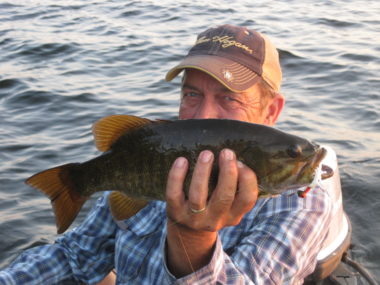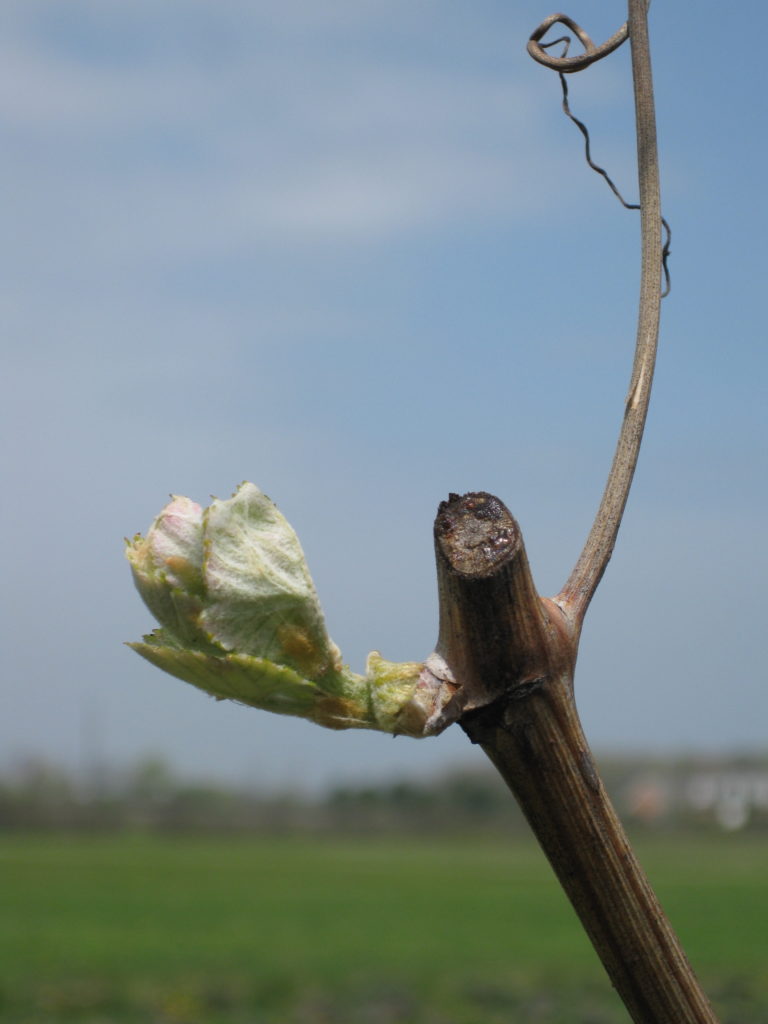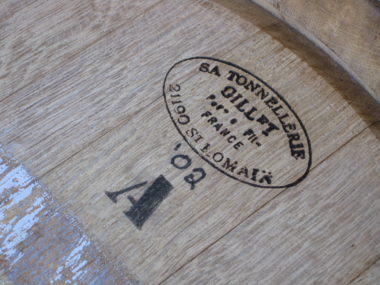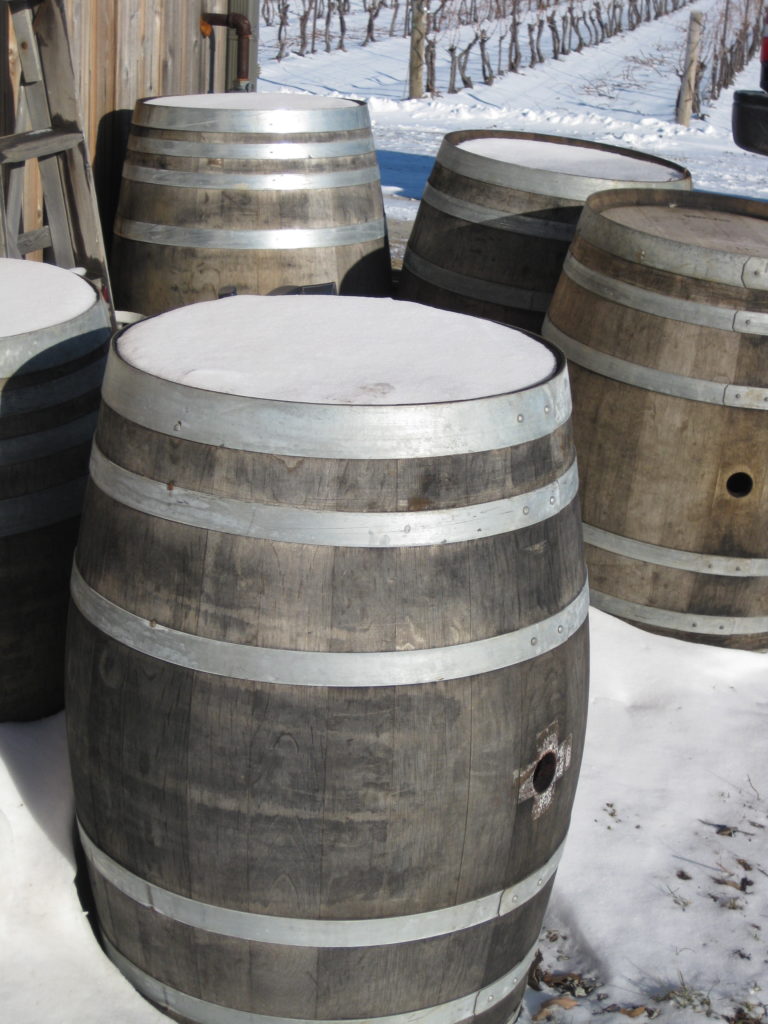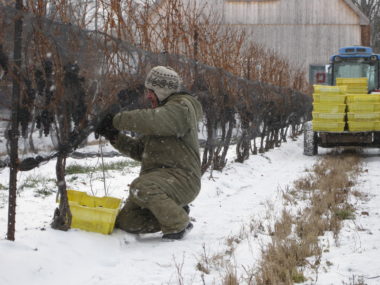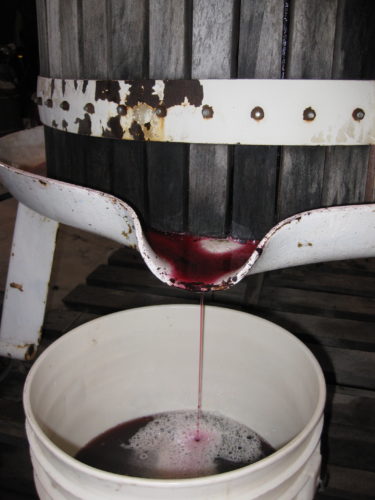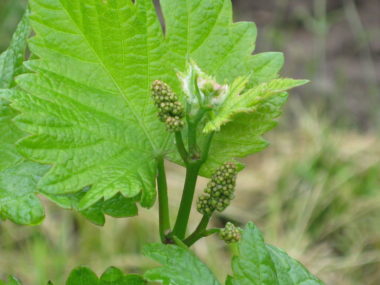There are days when I feel overwhelmed. It usually occurs around this time of year when despite my best efforts, I just can’t seem to catch up to the work that needs to be done. There are weak moments (humid, dizzy moments) that I actually begin to second guess my calling. Who on earth would be stupid enough to willingly submit themselves to the rigours of thinning grapes in this oppressive heat?
Just as I convince myself that my afternoon efforts might be better spent monitoring the progress of 2011 Pinot Noir barrels in the cool confines of the barn, I spot a cloud of dust emanating from the far corner of our 60 acres. Cue the proverbial forehead slap…
There is an individual in the center of that dust cloud who’s work ethic is second to none. He skillfully guides the tractor and disk, eventually making the careful wide turn for the next row. Four rows over, three rows back. A pattern he has repeated time and again for the last 40 years.
I get to the farm in the morning and he’s out there – I leave in the afternoon and he’s still out there. We may pass each other at some point during the day, but no words need to be spoken. That cloud of dust is his example. My second guessing comes to an abrupt halt. When I was younger I couldn’t wait until it was my turn to do all the tractor work. Now I hope that day never comes.
As I sing his praises, a comical beer commercial flashes to mind and it occurs to me that my father might just be, “The most interesting man in the world” (or at least St. Davids). Some proof:
His pre-dawn enthusiasm puts my Golden Retriever to shame.
Powdery Mildew is afraid of him.
His internal alarm clock laughs at my snooze button.
‘Hydration’ is a foreign term to him. He drinks beer and coffee, and when he’s really thirsty…Lipton Cup-a-Soup.
He could jump-start a canoe.
He doesn’t buy new golf clubs, he buys a new wrench (mainly because he broke something and can’t find the wrench he bought last week…and he can beat you with his old clubs anyway).
Happy Father’s Day to all the early risers and “Stay thirsty my friends!”
